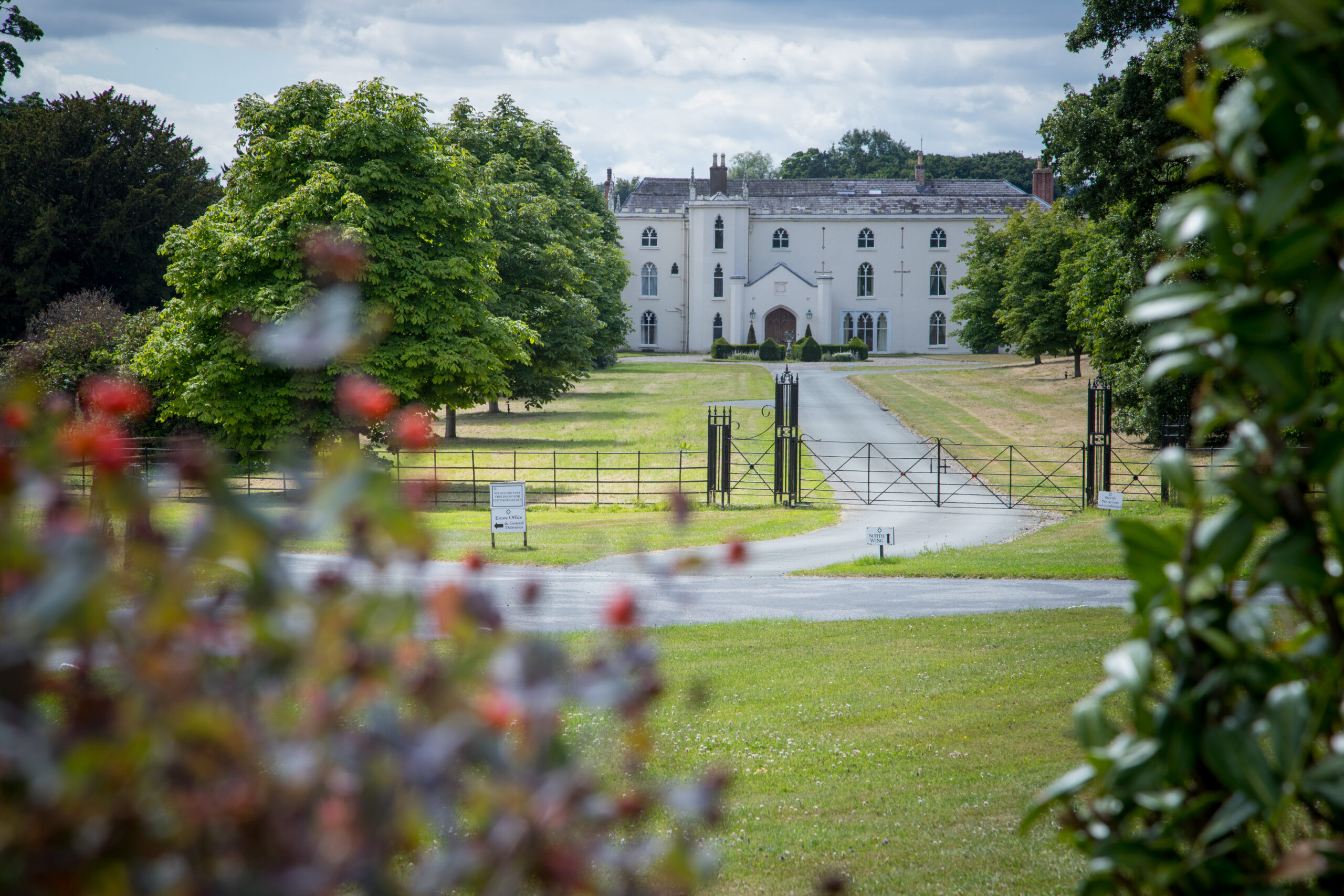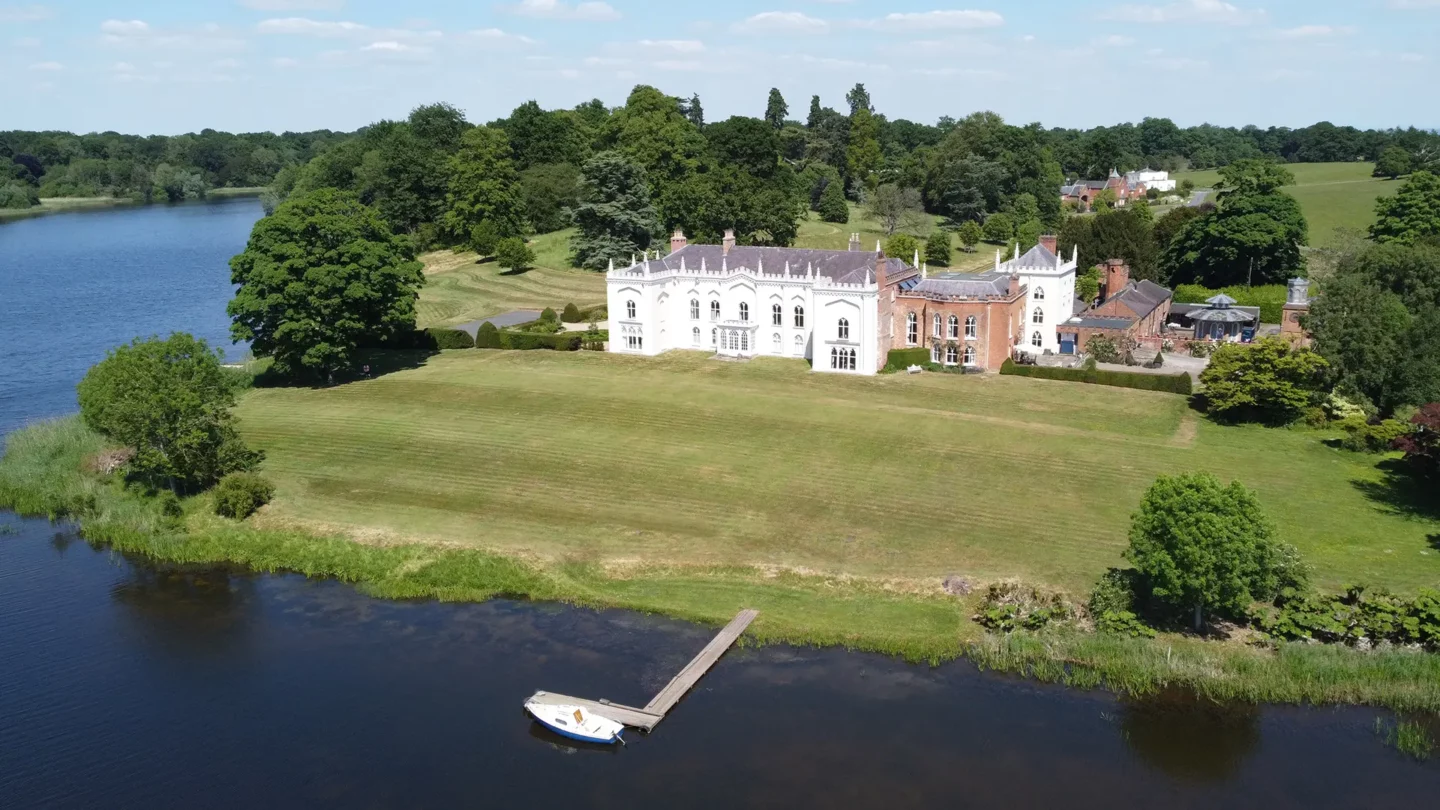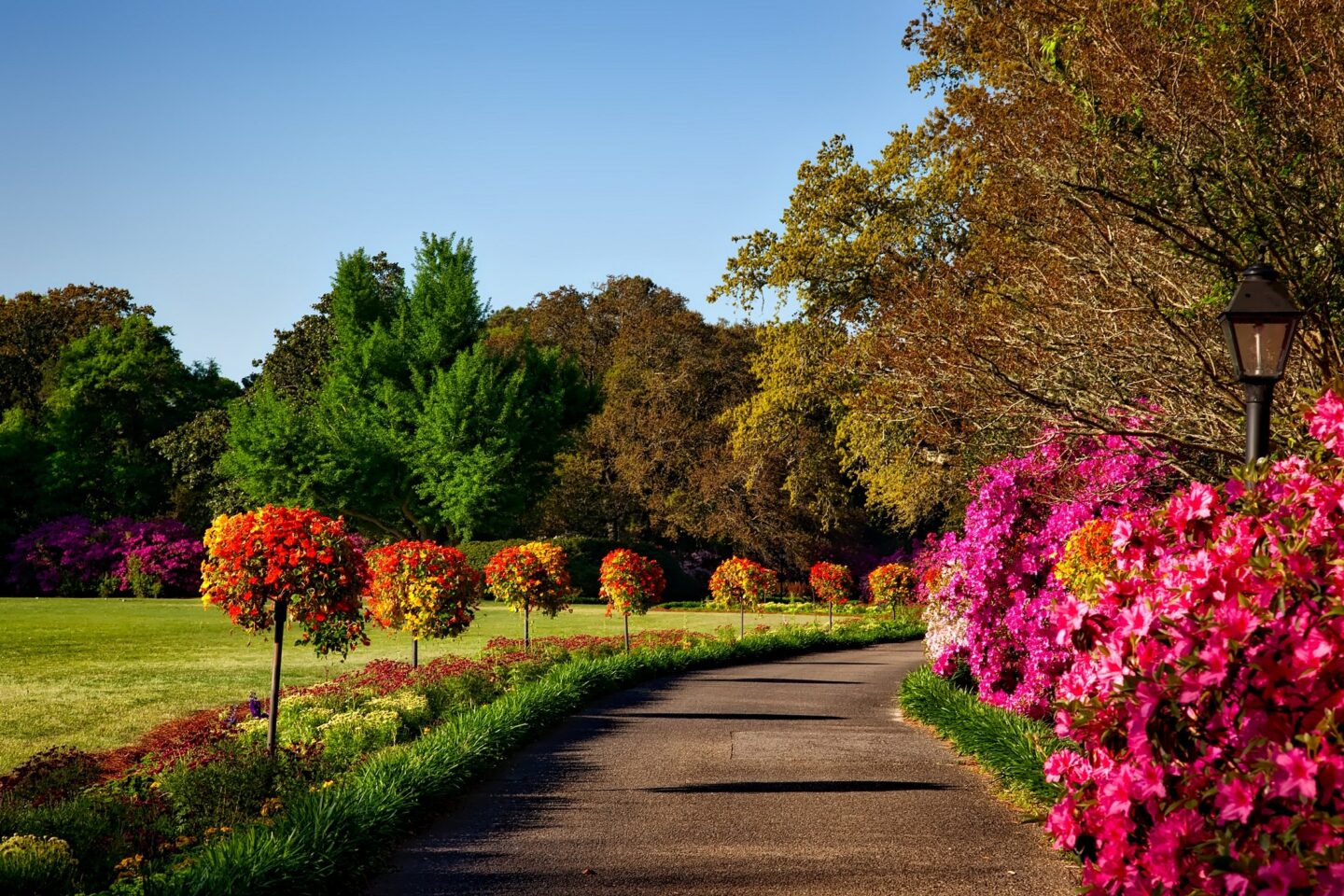Previously…

The Importance Of Heritage To The National and Local Economy
Estate – 10.05.23
Combermere Abbey, with its rich historical significance to the UK and beyond, recognises the vital role that heritage properties play in the local economy.
Our team has decided to delve deeper into the importance of heritage and historical properties and discover the impact they have on the local economy and communities, along with the ongoing efforts needed to safeguard these treasures for generations to come.
Wider economic impact on local communities
The UK’s heritage industry is one of the biggest tourism sectors, generating billions in revenue and providing livelihoods for thousands of people nationwide. It’s easy to see why – the United Kingdom is renowned for its rich history, with countless historic cities and buildings that tell the story of the country’s past. From iconic landmarks like Buckingham Palace to hidden gems tucked away in rural areas like Combermere Abbey itself, these significant buildings are often given a quality designation indicating their importance as either Grade 1, 2*, or 2 listed buildings.
Heritage tourism has a staggering impact accounting for over £36.6 billion in annual revenue and as overseas visitors return post pandemic, continued growth is predicted for the future.
Heritage sites are not just a window into our past, they document social change through the centuries, chronicle the fortunes made and lost by families who owned them and act as important anchors in their communities. The majority of the privately owned heritage buildings are in rural areas and when tourists flock to these locations, they not only learn about history and culture, but also provide a significant boost to the local economy by providing a much-needed source of revenue for ancillary businesses such as pubs, restaurants, cafes, taxis, shops and accommodation in the wider community. In addition, they provide vital opportunities for employment, community development and foster entrepreneurial spirit.
Beyond the immense economic benefits historic properties offer, heritage sites in private ownership like Combermere Abbey, contribute to the preservation of a region’s cultural and historical significance. This provides a sense of pride and identity for local communities. It is therefore, essential to ensure their preservation and development for present and future generations.
Some properties, like Combermere Abbey, have restored and repurposed their listed buildings as holiday lets and venues for weddings and events. Many also invite members of the public to “share” and benefit from access to a whole range of cultural events, festivals or simply dog walking areas. This not only generates vital income to support the property, but also allows more people to experience the beauty and history of these properties first-hand. Weddings and holiday destinations can bring enormous secondary spend to local towns and villages, supporting local businesses such as pubs, taxi services, employment, and maintenance trades. Business parks and other ventures associated with historic properties also support local producers and trades, creating a ripple effect that benefits the local community.
If you have visited our estate before, you can see how the restoration of our 890 year old Abbey and its listed buildings has contributed not only to the wedding, hospitality and rural tourism sectors, but encouraged and attracted many local businesses to become tenants at Park View Business Centre, with our very own onsite café, The Old Piggery Café, an all-female butchery ‘Alternative Meats’, Three Wrens – an award winning gin distillery and a kitchen design business. Its position on a main road, with lots of parking and easy commuting emphasises the entrepreneurial spirit of these historic property owners and the tangential contribution to the nation’s GDP. Combermere Abbey with its leisure accommodation and wedding business adds over £1 million into the local economy each year and we continue to work hard to cherish our nearly 900-year history.
Historic Houses Management
Despite all the wonderful benefits historic homes offer the local economy and community, managing and maintaining these historic properties can still be a challenging task. Most private owners face enormous obstacles of preserving these treasures for future generations. Repairs attract full VAT, all upgrades and alterations require conservation officer consent, cost of acceptable materials is much higher than a contemporary structure and an out of date and one size fits all planning system subjects historic properties to strict regulations governing their restoration and repair in line with its level of historic significance. This can involve lengthy and complex planning applications and conservation consents, adding a significant burden to owners in terms of time, effort, and cost.
Combermere Abbey, for example, is a Grade 1 listed building. All other listed buildings on our site are therefore deemed in its curtilage and treated as Grade 1 as well. This means that the challenges of making it financially sustainable are onerous, as the owners must navigate the regulations carefully while maintaining the property’s historic integrity.
Many of our most popular historic buildings are still under private ownership with owners and families regarding themselves as guardians with responsibility for their upkeep and maintenance for the future. However, many other heritage buildings are in public hands or protected by organisations like Historic England, English Heritage, or the National Trust who use charity status to benefit from different tax treatment. Both groups enhance this country’s position as a world leader in historic preservation.
The Historic Houses organisation represents privately owned heritage, with approximately 1400 member properties managed and lived in by their owners. Nearly 500 of them are open to the public regularly. Historic Houses is a vital lobbying group speaking out against unfair and unjust legislation which impacts on the sustainability of the private owner as well as a large marketing arm alerting visitors to member houses activities.
Despite these challenges, historic house and estate owners see themselves as entrepreneurs and business people, driven by a passion for preserving the past but adapting for the future. There is a sense of responsibility to protect and pass on the legacy to future generations for the benefit of the public. Just like Combermere Abbey, many properties have been in the same family for generations and we all have a deep seated passion for our estates and its vibrant history.
History repeats itself and financial crises and downturns has forced sales allowing a new group of owners to buy and re-invigorate these wonderful historic properties out of love and desire to rescue them from neglect. These owners also embrace diversification, a love of our history and architecture and find creative ways to make their futures sustainable. They are also energetic and see themselves as guardians of the property, rather than mere owners.
Previously…
…Coming Up

